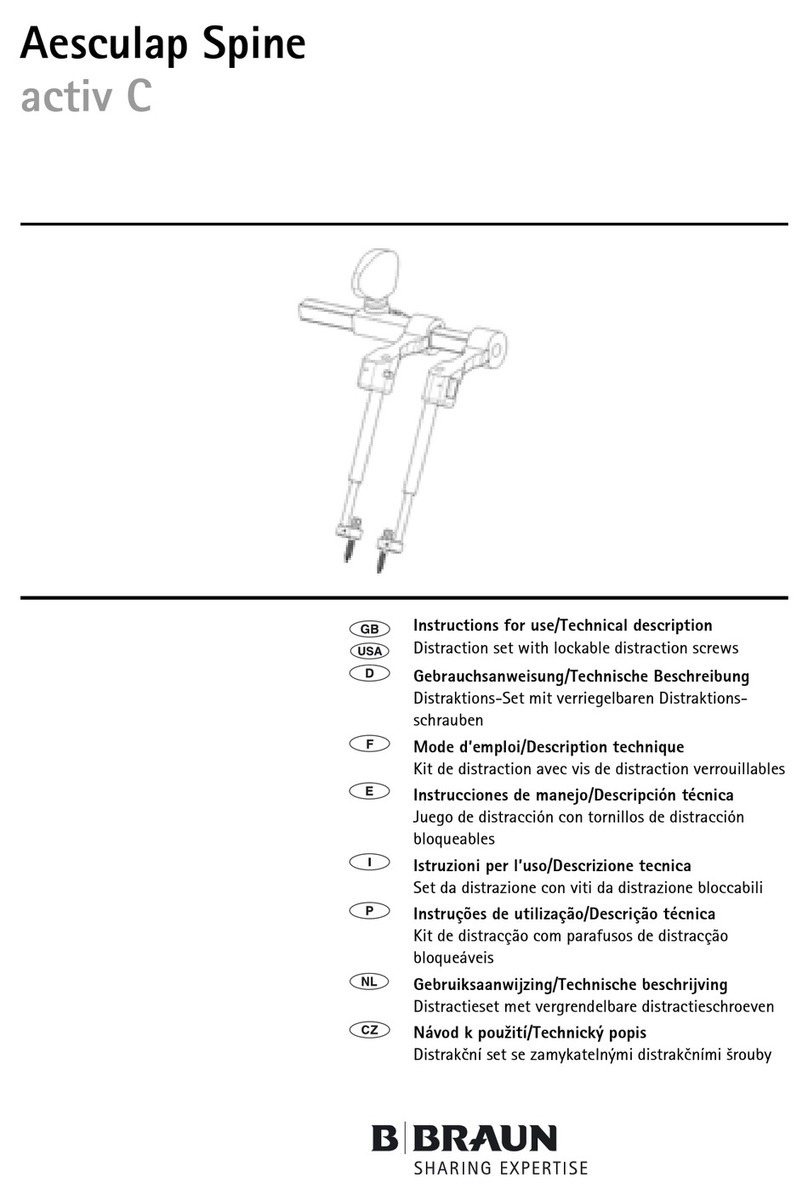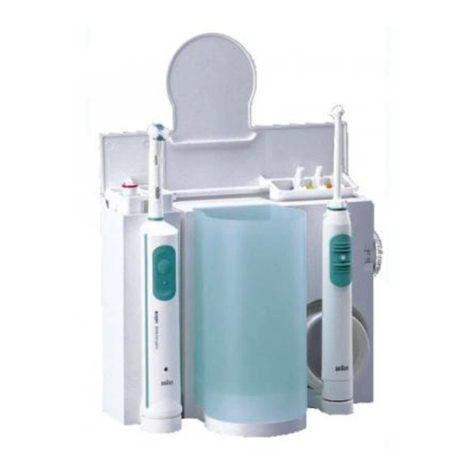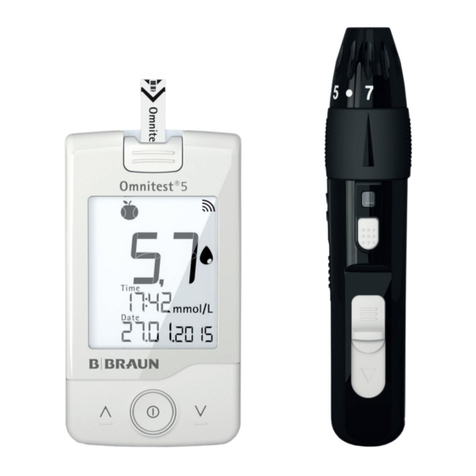Braun Aesculap MINOP InVent trocar 30 Manual
Other Braun Medical Equipment manuals
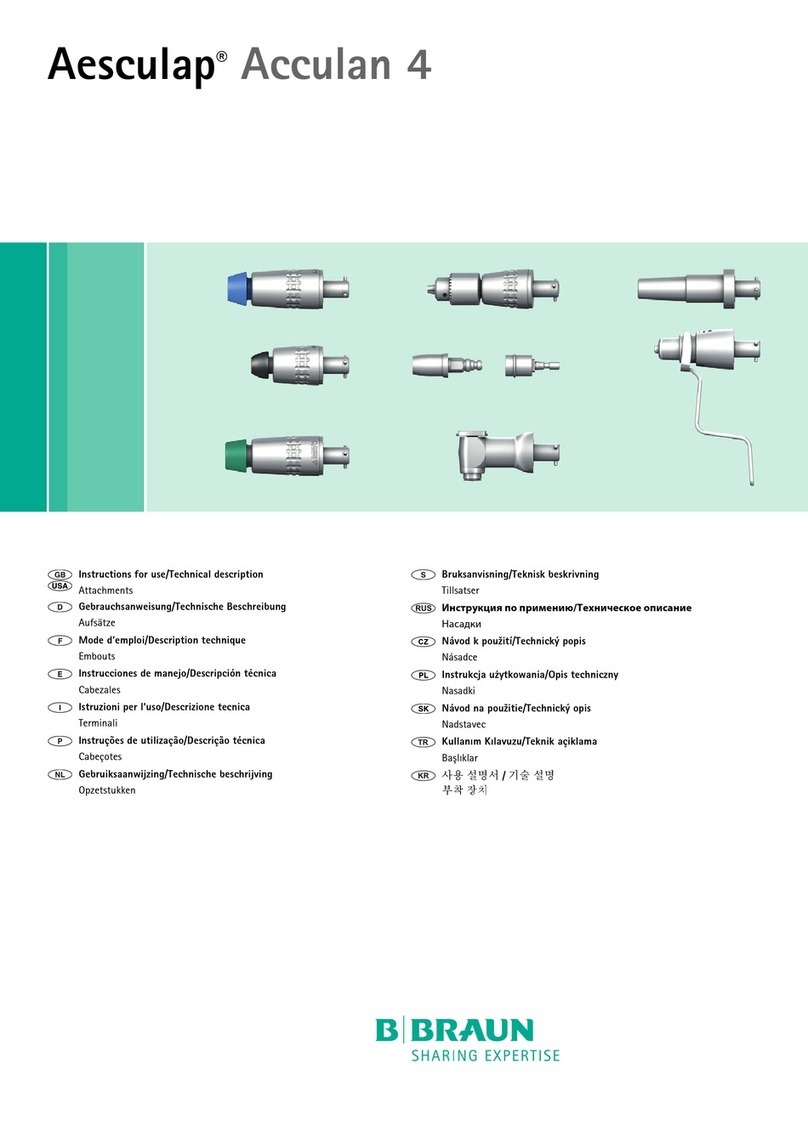
Braun
Braun Aesculap Acculan 4 Manual
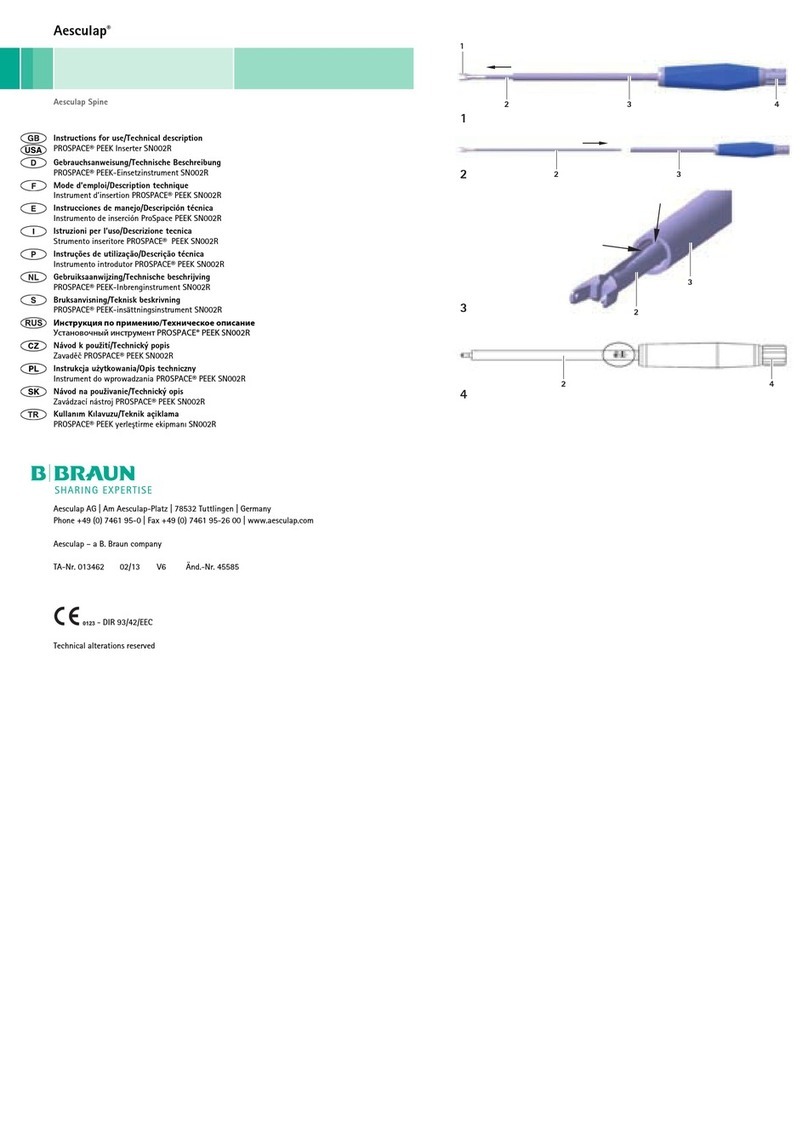
Braun
Braun Aesculap PROSPACE PEEK SN002R Manual
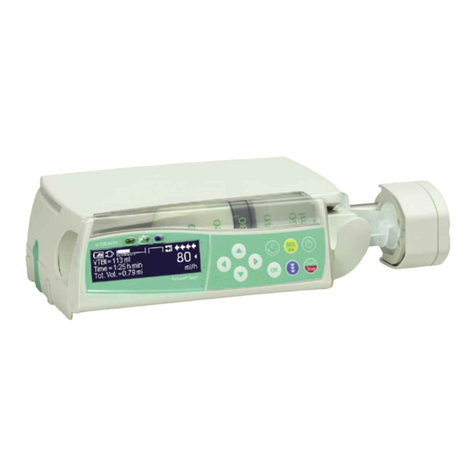
Braun
Braun Perfusor Space User manual
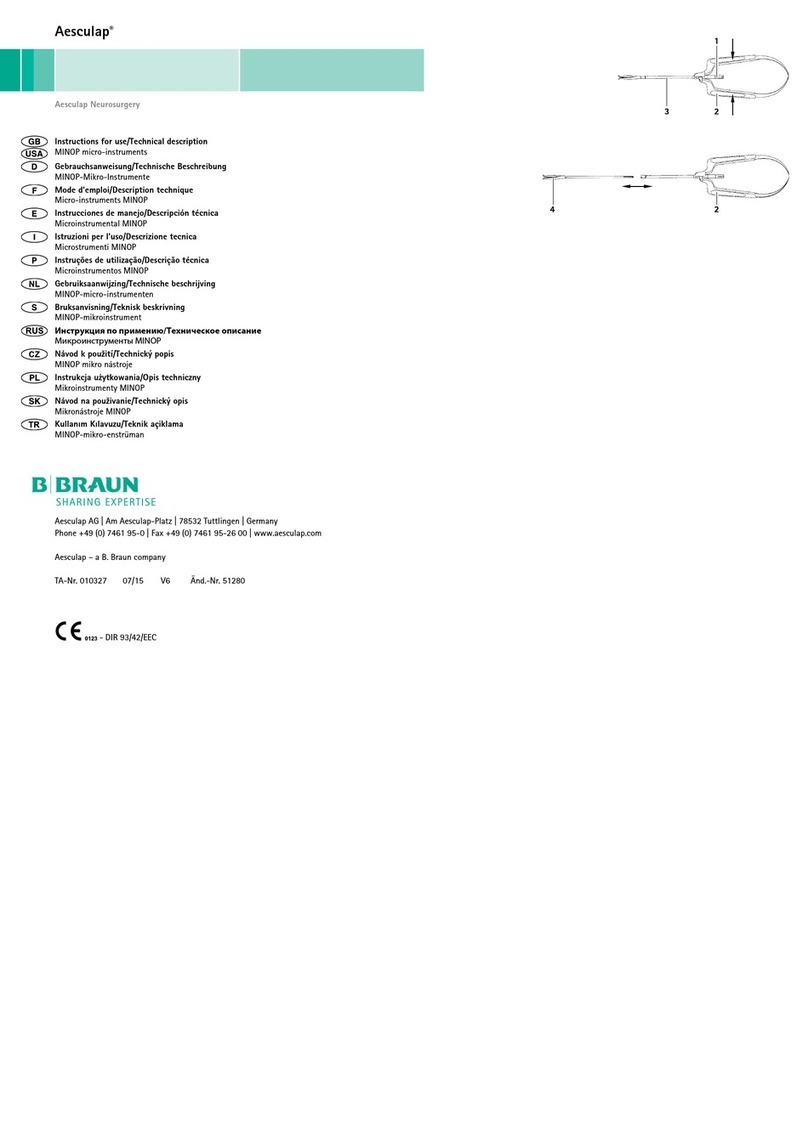
Braun
Braun Aesculap MINOP Manual
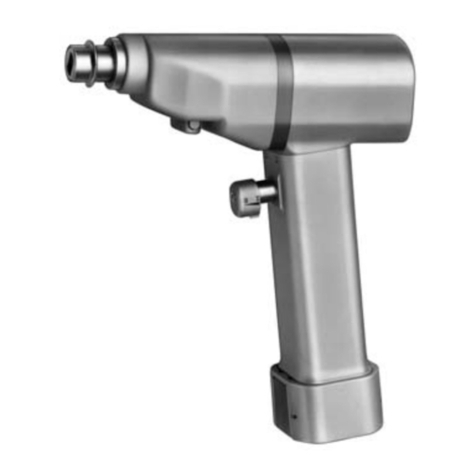
Braun
Braun Aesculap Acculan User manual
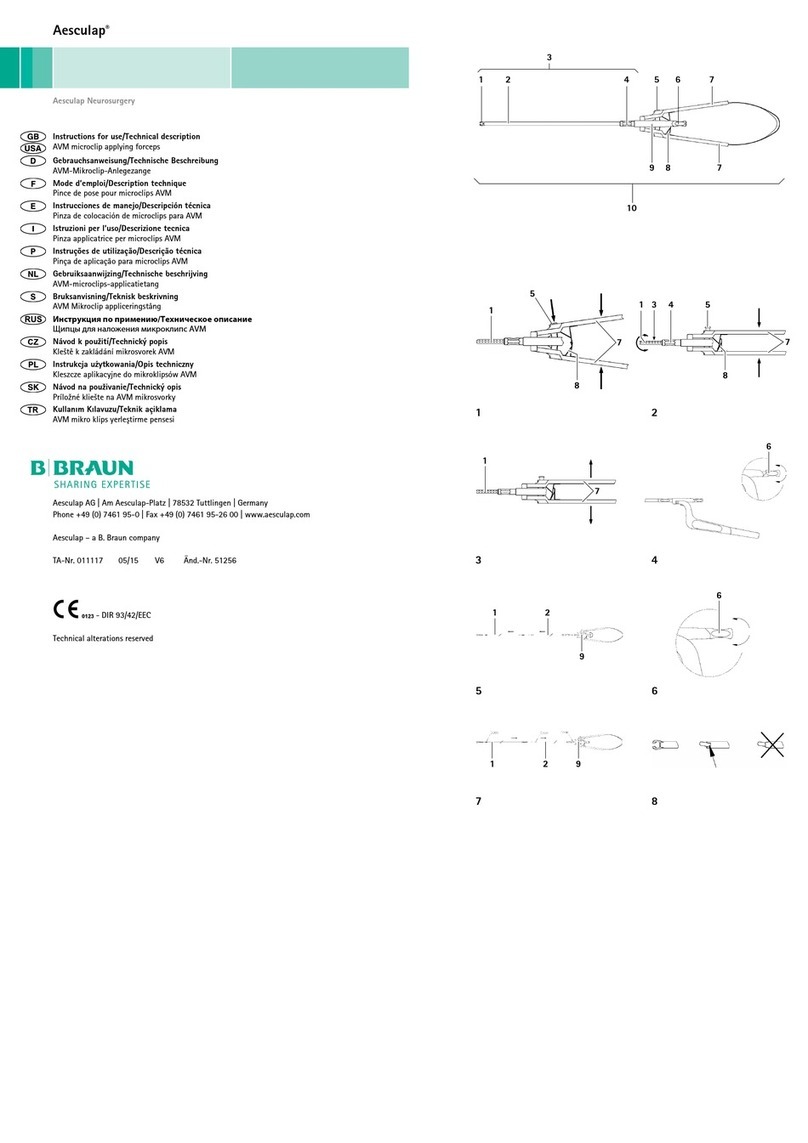
Braun
Braun Aesculap Neurosurgery Manual
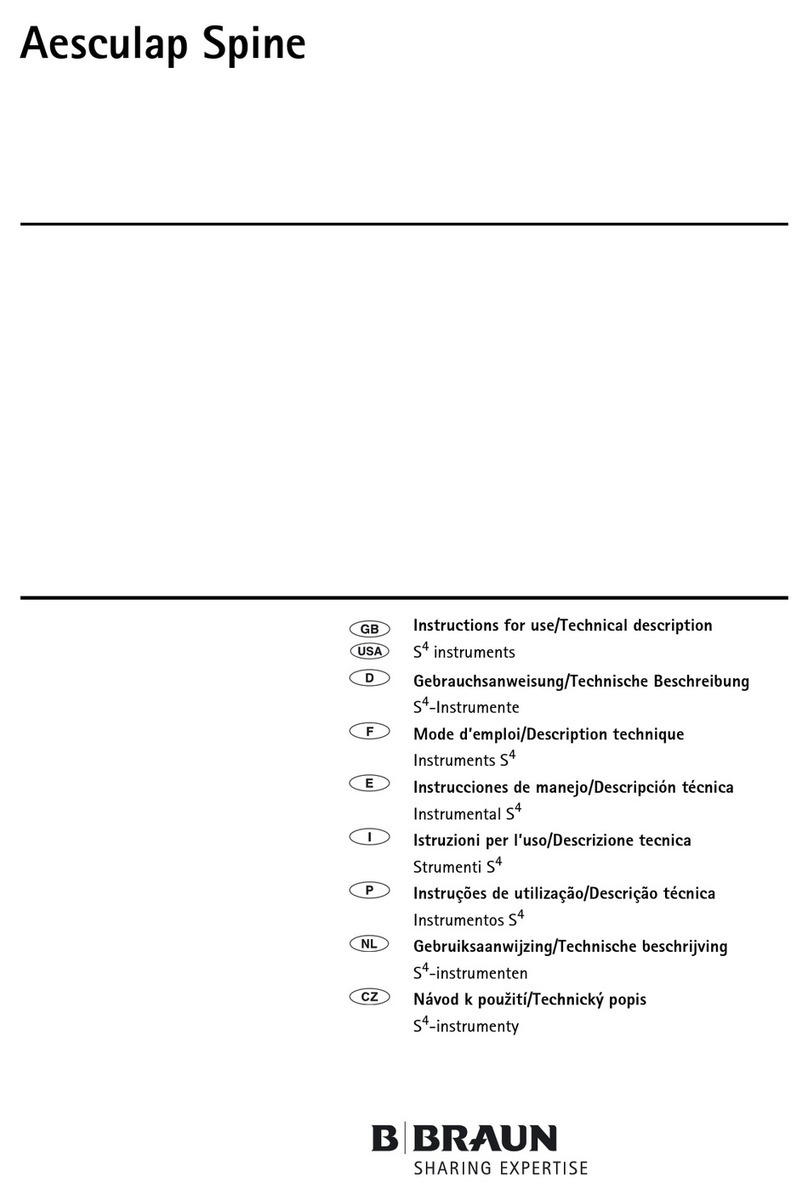
Braun
Braun Aesculap S4 Manual
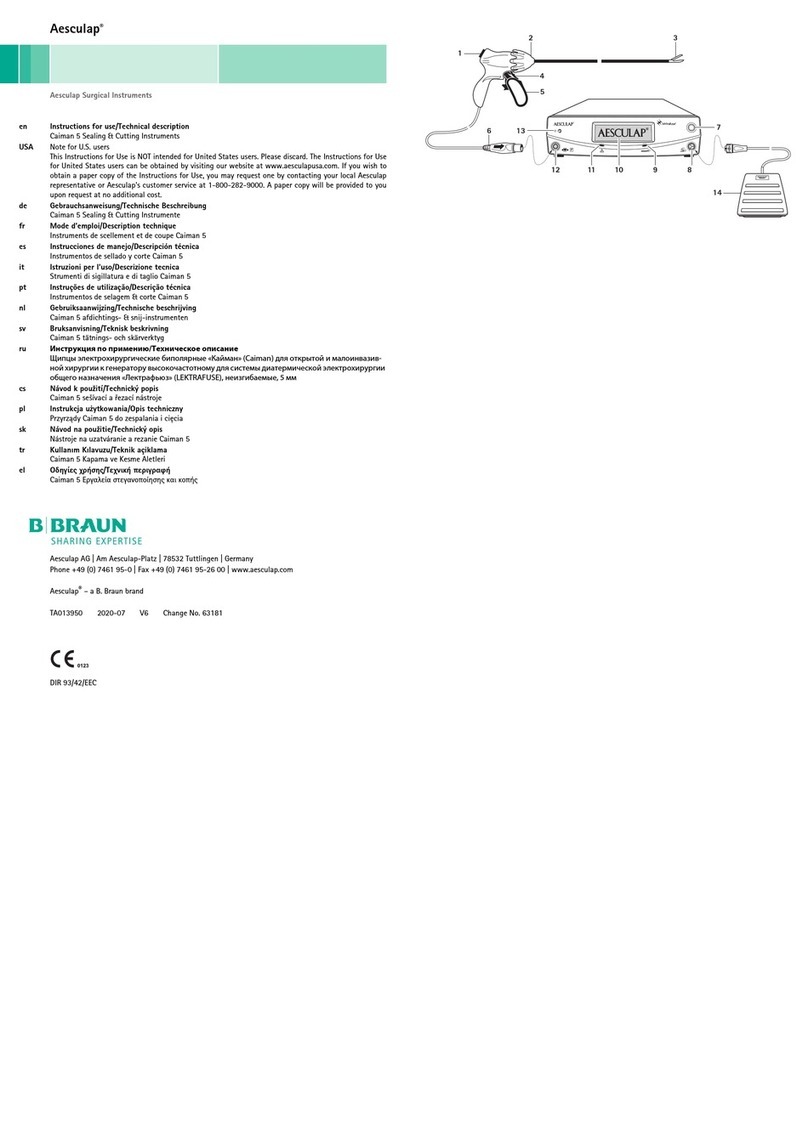
Braun
Braun Aesculap Caiman 5 Manual

Braun
Braun Aesculap Neurosurgery Manual

Braun
Braun Aesculap Acculan 4 Manual
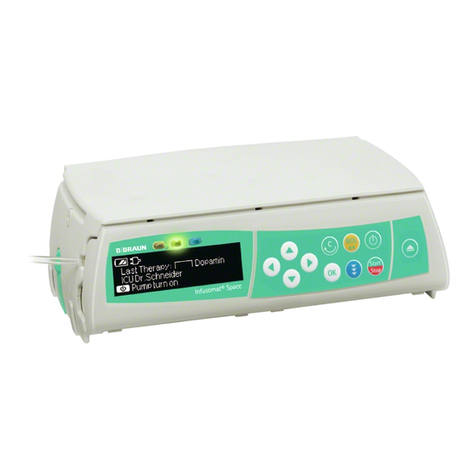
Braun
Braun Infusomat Space User manual
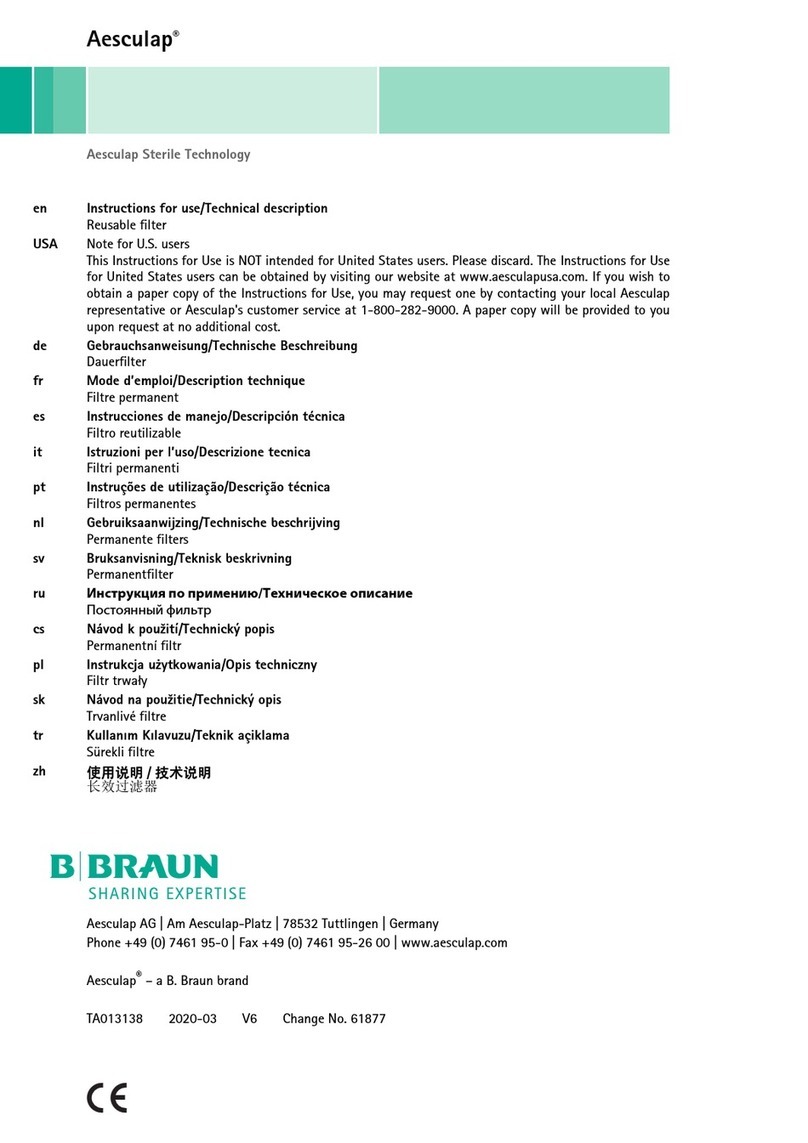
Braun
Braun Aesculap Sterile Technology Manual
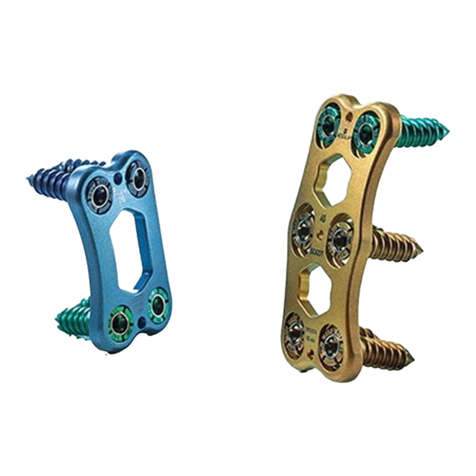
Braun
Braun Aesculap Quintex Manual
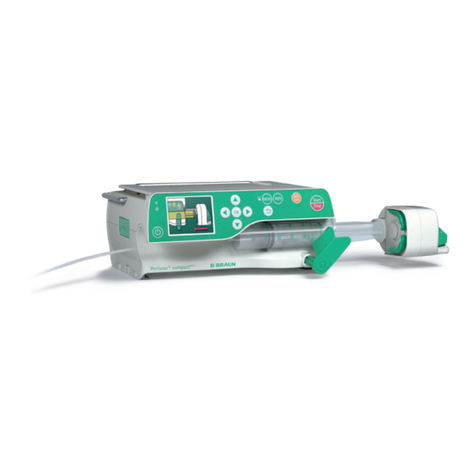
Braun
Braun Perfusor compact plus User manual
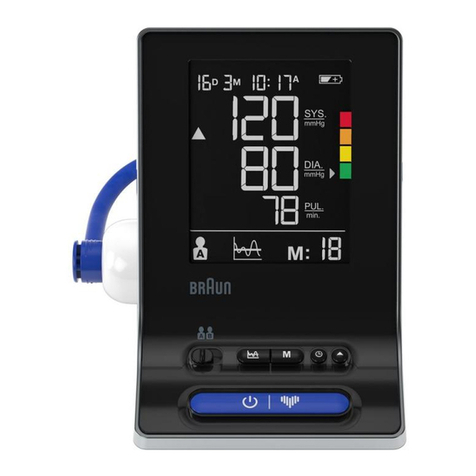
Braun
Braun BUA6150CEME User manual
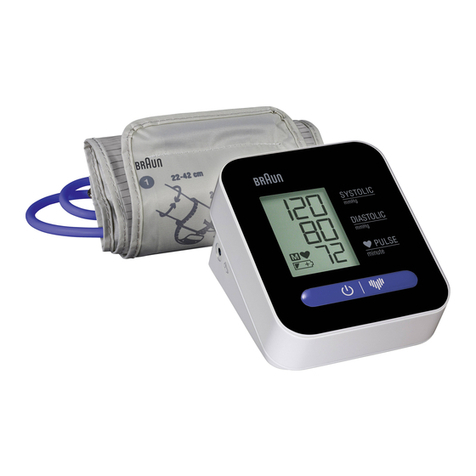
Braun
Braun EXACTFIT 1 User manual
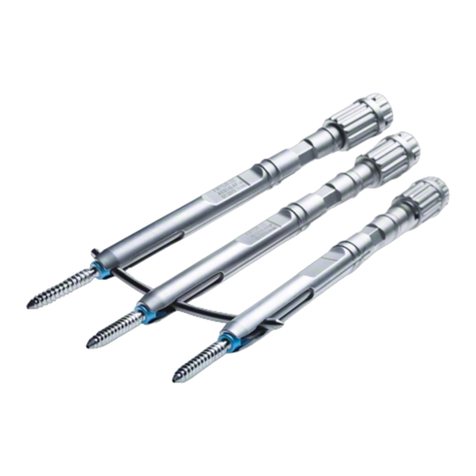
Braun
Braun Aesculap S4 MIS Spyder Manual
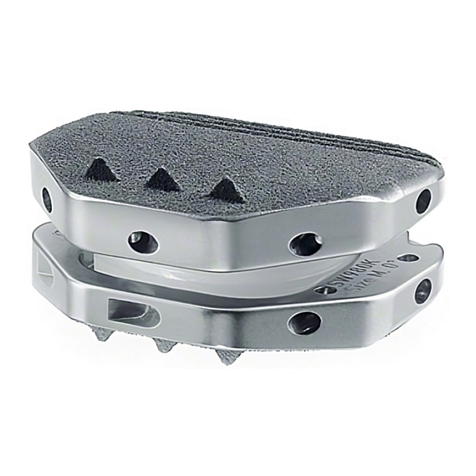
Braun
Braun Aesculap activ L User manual
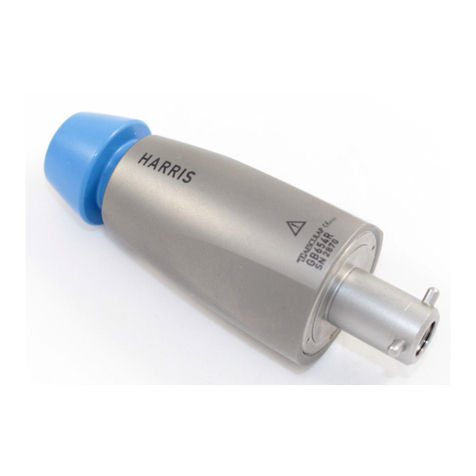
Braun
Braun Acculan 3Ti User manual

Braun
Braun Aesculap S4 Manual
Popular Medical Equipment manuals by other brands

Getinge
Getinge Arjohuntleigh Nimbus 3 Professional Instructions for use

Mettler Electronics
Mettler Electronics Sonicator 730 Maintenance manual

Pressalit Care
Pressalit Care R1100 Mounting instruction

Denas MS
Denas MS DENAS-T operating manual

bort medical
bort medical ActiveColor quick guide

AccuVein
AccuVein AV400 user manual

